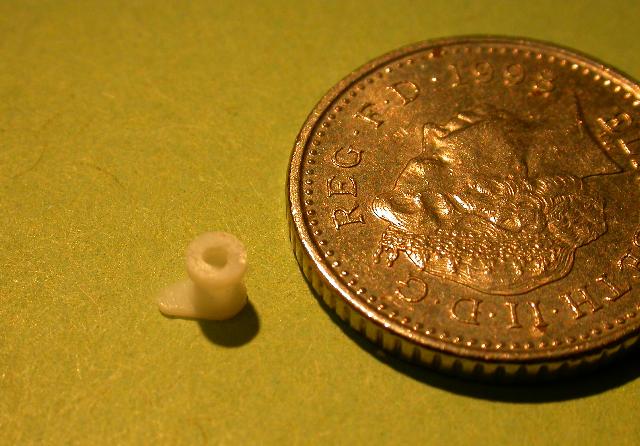Our son had minor surgery, when he was three years old. During this surgery a tiny, almost funnel shaped piece of plastic was inserted into each of his ear canals. These are called grommets, in non medical speak. They saved his hearing and improved his ear health, and made a huge difference to his life, almost immediately. The risks of anaesthesia and an operation were far outweighed by the benefits he gained.
So what exactly is a grommet
An ear grommet, also known as a tympanostomy tube or ventilation tube, is a tiny medical device used to treat recurrent ear infections and related conditions. It is inserted into the eardrum to facilitate drainage and ventilation of the middle ear, helping to alleviate symptoms and prevent complications. Ear grommets play a crucial role in the management of various ear disorders, particularly in children, and have become a standard treatment option recommended by healthcare professionals worldwide.

The ear consists of three main parts: the outer ear, the middle ear, and the inner ear. The middle ear is an air-filled space located behind the eardrum (tympanic membrane) and is connected to the back of the throat by a narrow tube called the Eustachian tube. The Eustachian tube helps equalize air pressure in the middle ear and drain fluids that may accumulate due to infections or other factors.
When the Eustachian tube becomes blocked or dysfunctional, it can lead to a buildup of fluid and pressure in the middle ear, resulting in symptoms such as ear pain, hearing loss, and recurrent infections. In cases where conservative treatments, such as antibiotics or nasal decongestants, fail to provide relief or recurrence is frequent, ear grommet insertion may be recommended.
Ear grommets are typically small, hollow tubes made of silicone, plastic, or metal, and they come in various shapes and sizes to accommodate different patient needs. The procedure for inserting ear grommets, known as a myringotomy, is usually performed under local or general anesthesia by an ear, nose, and throat (ENT) specialist.
During the procedure, the surgeon makes a tiny incision in the eardrum to access the middle ear space. Any fluid or debris trapped in the middle ear is suctioned out, and the ear grommet is carefully inserted into the incision. Once in place, the grommet acts as a tiny ventilation tube, allowing air to enter the middle ear and equalize pressure while promoting drainage of any accumulated fluid.
The presence of an ear grommet helps prevent the recurrence of ear infections by improving ventilation and reducing the likelihood of fluid buildup. In addition to treating acute infections, ear grommets are also beneficial for managing chronic conditions such as otitis media with effusion commonly known as “glue ear,” where fluid accumulates in the middle ear without active infection.
One of the key advantages of ear grommets is their temporary nature. Unlike permanent surgical interventions, such as adenoidectomy or tympanoplasty, ear grommets are designed to remain in place for a limited period, typically ranging from a few months to a couple of years. Over time, the grommet naturally extrudes from the eardrum as the incision heals, and the eardrum returns to its normal function.
Our son ‘lost’ his grommets when we was about 6 years old. One fell out, and we didn’t realise, the other came out during an ear infection but didn’t need to be replaced, the ENT surgeon who placed the grommets felt that the infection was caused by the grommet trying to natuarlly fall out and he has had very few ear infections since then.
If your child has repeated ear infections, it’s worth asking for a referral to an Ear Nose & Throat specialist to see if grommet surgery is a good option for them, to help relieve their issues and lessen the chance of ear infections happening. Ear infections are painful to live with, and can cause long term hearing damage, other health issues and speech delay, so if you feel your child is being badly affected by them, I would encourage you to seek some advice on how to deal with them.
Grommets are great! Emma had glue ear and had grommets put in when she was three (she had been coughing at night for about a year – and kept waking herself up.) As soon as she had the grommets in she stopped coughing and started sleeping – it was fantastic and really made a huge difference straight away. Hopefully it will make a big difference in Matthew’s nights too! (and the procedure was much more traumatic for me that her…she was absolutely fine! :)) Will be thinking of you next week! xx
Thank you. I think the bit that worries me most is not allowing him to eat pre op. He is a grumpy little monster with no food in him! 🙂 We are pretty confident that this is the best option, and have heard so many positive stories of kids who have done well afterwards! 🙂